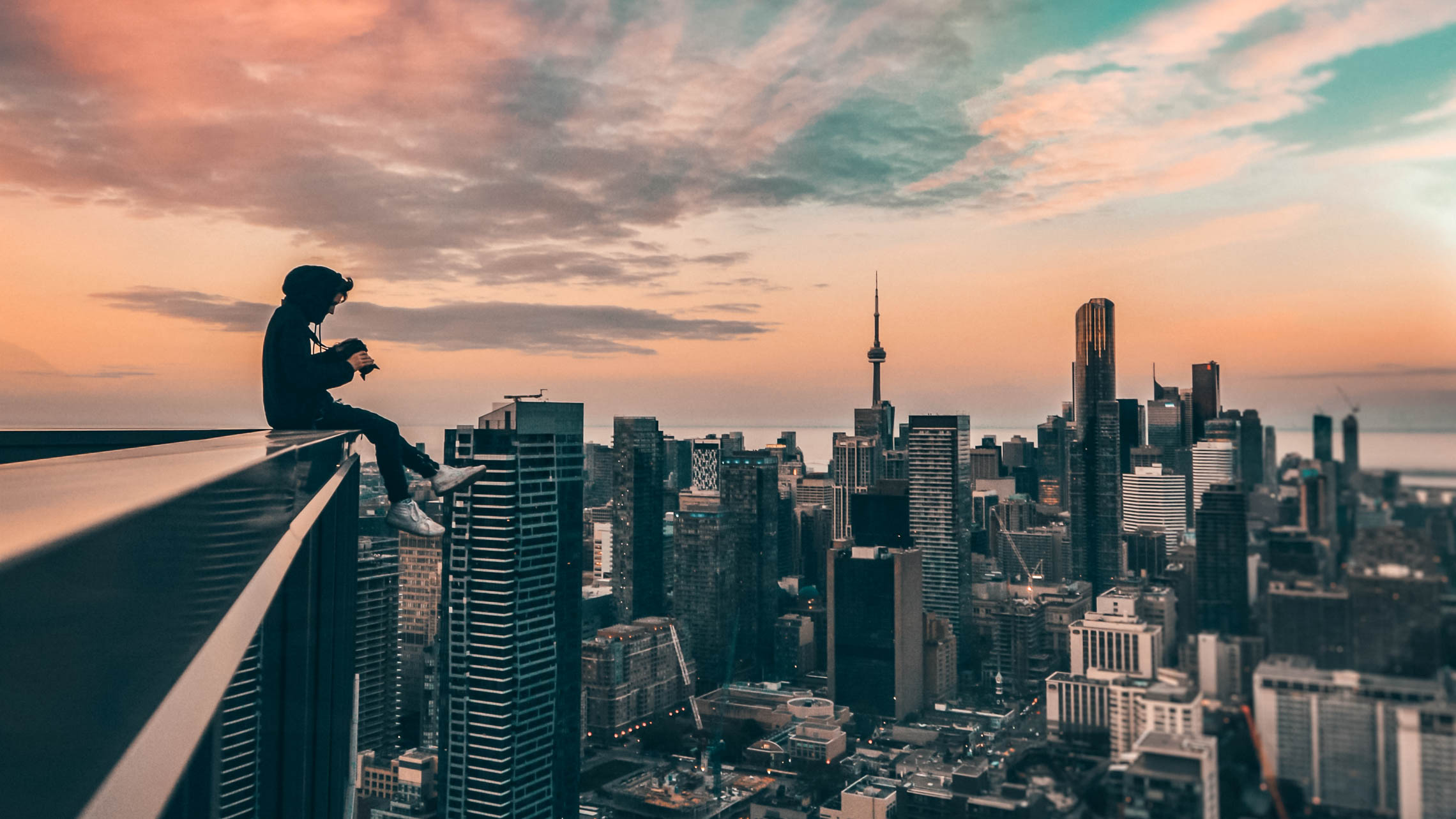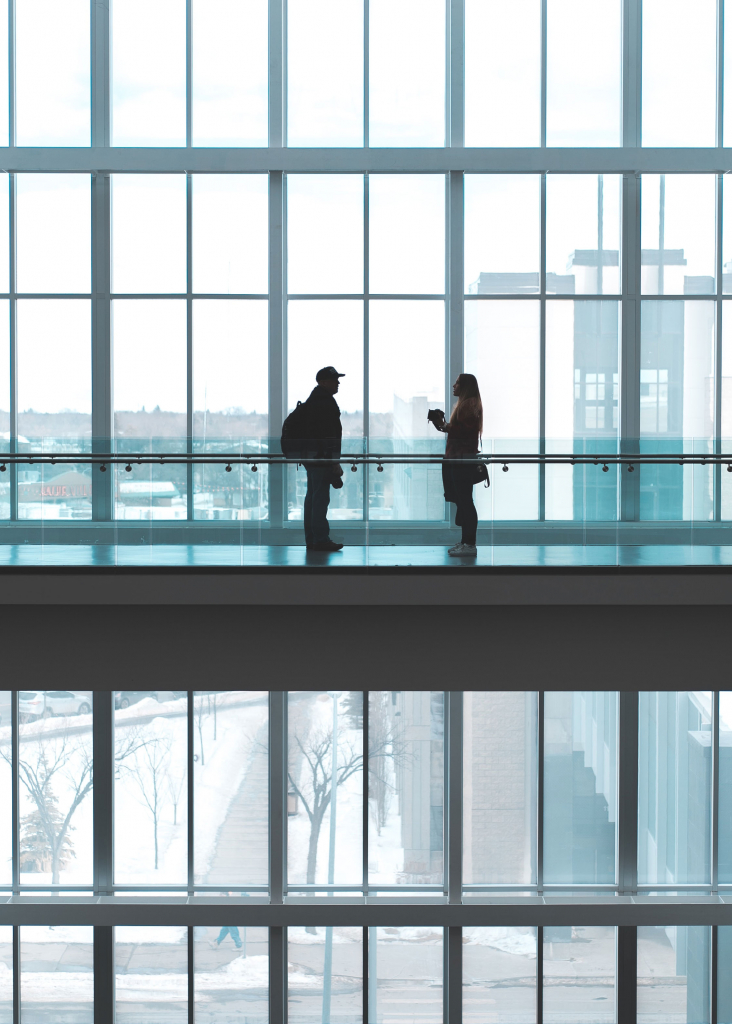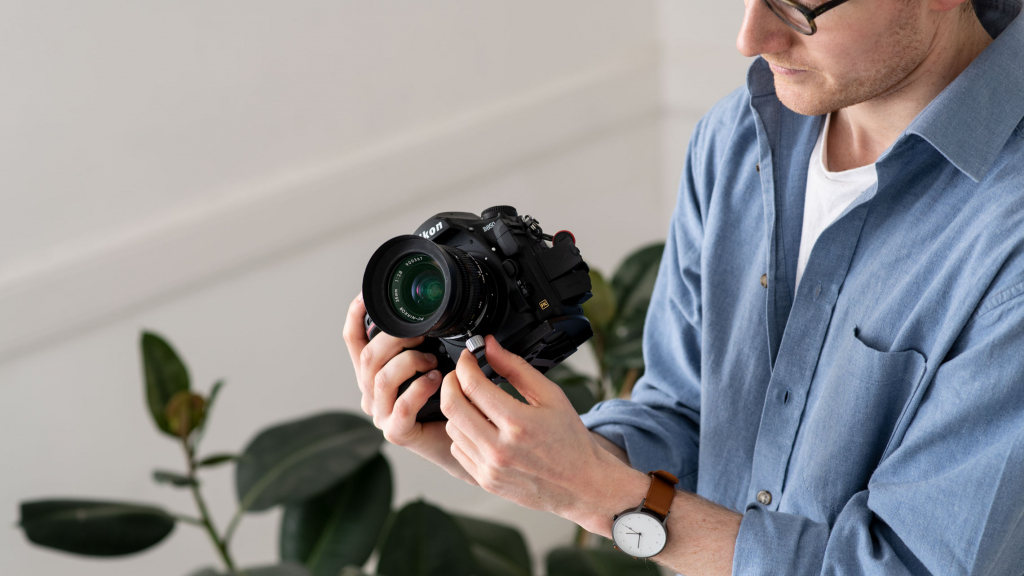The best architectural photographers know the importance of staying abreast of cultural shifts, fashions and changing techniques. Adopting new skills and harnessing the power of digital evolution, as well as looking back, taking cues from the iconic photographers of yesteryear, is all part of what we do. The most prolific trends in architectural photography, past and present, shape the way society views the man-made world in imagery. In this article, we take a look at those trends and their impact.

Types of architectural photography
A genre dating back to the late 1800s, architectural photography, like all art forms, has been impacted by the ebb and flow of wider artistic trends. This has been dictated in part by fashion and commercial demands; the advent of social media and the increased need for Instagram-friendly architectural imagery, for example, has had an effect on photographers’ approaches. And as marketing methods change, so must the visual representation of buildings and interiors, whether in magazines, on flyers, billboards or online.
But it’s predominantly the inauguration of new technology that rings the changes in this sphere. The innovative use of drones and 360-degree cameras has enabled us to see the fine details of buildings from anywhere in the world, tour interiors and get a bird’s eye view of any building, anywhere. As more and more becomes possible for the photographers of today, we see a greater variety of images; the sheer volume of tools at our fingertips nowadays creates a world of possibilities.
Interior architecture photography
In simple terms, there are two types of architecture photography; interior and exterior, both with their own trends. The purpose for each dictates the style and tools employed in their creation. Interior coverage is usually about the role of the space — how it’s used in the every day, combined with a showcase of decor design. Unless the property is derelict, interior photography tends to be less about quirky, arty shots. Rather it’s more about conveying the interior’s essence, engendering consumer aspiration and showcasing the designer’s skill; chiefly due to the frequent links between interior photography and selling a product, service, or an entire home.
So let’s take a look at the dominant trends in architectural photography, where they apply more predominantly to interiors or exteriors and why they’re so significant for contemporary architectural photographers.
People in building photography
The limitations that came with the long shutter speeds of early cameras almost entirely precluded the use of people and animals in architectural photography. But with the advent of the mid-twentieth century’s technical advances, this changed. And so the use of human beings within shots became popular. It helped bring life to inanimate buildings, demonstrate scale and bring relatability.

But this was not without its problems. Having human subjects in the frame can play havoc with perspective, which, while potentially suitable for artistic, abstract styles, is counter-productive in commercial industries, where an accurate representation is required. It can be distracting too, unless used as a kind of counterbalance or contrast, to draw attention to a particular feature.
Overall, this trend is slightly less common in the exterior photography of the current era, but certainly marked a distinct new trend in the building photography of the 1960s and 1970s. Interior shots, however, will often benefit from animation, in the form of a pet or a person — it’s something we often recommend for in-home settings. Although the challenge of getting an animal to hold a pose is widely known! While these kinds of shots can prove tricky, requiring patience and experience, as an interior photographer they’re among the most satisfying when you can pull them off well.
Abstract architecture photography
While 3D photography seeks to pick out as many details as possible and accurately portray the building in much the same way as the human eye, the abstract approach follows an antithetical path. Abstract as an art movement is, of course, by no means new, it has a long history stretching back over a century. But we are seeing more of the genre in the commercial industries of late, noticeably favoured by brands such as Apple and Ikea, for whom trend-setting and strong, striking visuals are imperative.
Abstract architecture photography has risen in popularity in parallel with the growth of urban landscapes. Through the use of light, perspective and editing packages, a structure can be shown in an alternative, intriguing manner. This can be especially useful when attempting to breathe life into an otherwise fairly functional structure. Or to help the viewer see it completely differently. Many photographers will hone in on a particular angle, highlight colour, or even challenge the building’s purpose (a great example of this, is David Behar’s ability to make a busy apartment block appear almost desolate).
Aerial drone photography
The use of drones in photography started in the early 2000s and has since become a more standard tool in capturing buildings from above. Easier, cheaper and far more convenient than relying on a helicopter or aeroplane, drones are widely accessible. And it’s not just the finished product that will benefit from drone footage; overhead architectural photography assists the building process, providing birds-eye site construction photos.
Drones have created an entirely new view of the world. While aerial shots have long been possible, drone flythroughs and flyarounds can provide a view of both the internal and external, allowing for a greater degree of context. Reaching the parts large craft could never access, drones can move at high speed, from great heights to ground level and change perspective in seconds. The result is breathtaking and deeply informative for the viewer. Aerial drone photography is weather dependent though, but as professional architectural photographers, we’re used to assessing suitable flying conditions.
Indoor drone photography
Drones can also be used indoors and are ideal for cavernous rooms. Of course, it’s necessary to develop good flight techniques to retain full control over the shot — particularly when working in more confined. As such, the best architectural photographers have learned – or are learning – this skill, to provide the greatest versatility in terms of shots.
Black and white building photography
Once upon a time, this was the only option. Now it’s a stylistic choice. Vibrant colours are big in building photography, but so is the monochrome movement. Some artists, like Daniel Garay Arango, photograph almost exclusively in black and white. There can be a number of reasons for this; the creation of a moody atmosphere, the need to stand out from the bright-hued crowd, or a desire to create a timeless effect.
Black and white shoots can be valuable in provoking thought. Hélène Binet has successfully used it as a revelatory tool, shooting historic, contemporary and evolving buildings for over three decades. Much of her work is achieved using an analogue camera and handprinted in black and white at her North London studio. Pops of colour are often introduced to create effect and bring drama.
However, as black and white is less representative than a colour photo, it’s not as useful when it comes to accurately detailing an architect’s work. And it’s certainly extremely limiting on interiors. Therefore it tends to be employed where photos are intended for exhibitions, art pieces and brand campaigns.
The golden and blue hours
Ironically, as the ability to manipulate imagery has grown, there’s been a simultaneous demand for photos with no filter — hence the rise of one of Instagram’s most popular hashtags (#nofilter). This means that natural light occurrences such as the golden hour – the hour pre-sunset and post-sunrise – and blue hour – the 20-30 minute period immediately before sunrise and sunset – have been prolifically harnessed as tools for photographers seeking a magical shot. This is especially relevant for building photographers who rely almost exclusively on natural light to shoot. As the great British weather is famously unpredictable, this can pose quite a challenge. But tools like The Sunseeker App can help us to predict and identify optimum conditions for shooting.
3D home photography
This new technology has fast become a staple of the property sales market, in particular, enabling potential buyers to tour the various rooms and spaces, without having to leave home. It comes on the back of the video tour, also a valuable tool, but not a valid alternative to 3D home photography, which gives the viewer a greater degree of control. A video sweeps through the property, movie style with the videographer dictating angles and focus points. Whereas an interactive tour created using 3D technology enables the user to zoom in on particular areas of interest, to look up, look down and look around. Customers can choose the speed at which they browse the spaces and investigate details like ceiling lighting and flooring finishes.
This may not be relevant to consumers flicking through a magazine for design inspiration, but for those considering buying a property, it’s a game-changer. An armchair deep-dive into the space allows buyers to get a much clearer picture, rivaled only by an in-person viewing. This is why a huge percentage of estate agents incorporate it into the listings. 360 tours became especially invaluable during the COVID-19 pandemic, where traditional viewings became more challenging (and at times, totally untenable). It provided a touring experience that almost negated the need to visit a property in person, so the market could stay open during lockdowns.
360 degree photography
3D home photography is created using a 360-degree camera and while the technique began to be used in the mid-1990s, it’s become far more commercially prolific over the past five years. 360 tours are commonly used by hospitality venues too. They give prospective customers a guide to the venue’s various areas. As such, the tour will often inform an individual’s choice of restaurant, bar or function room, increasing their chance of custom. Details like accessibility, atmosphere, facilities and seating options can be interrogated, allowing for a rounded picture to be formed.
Documentary style shoots
While the architectural photographers of the late 20th century tended to favour an idealised view of buildings and interiors – making everything seem as grand and as beautiful as possible – the artistic philosophies of the past decade have moved toward an earthier approach.
Industrial-chic, urban-influenced interior design and street art emblazoned buildings are all a visible part of this movement, encompassing the very fabric of the building’s local community, culture and heritage. Documentary photography is about capturing the heart and mind, giving the viewer a feel for the place and the life within it, rather than simply a view of the structure. Although it may involve people, this is not a prerequisite.
There are a few other trends worth mentioning besides; surrealism, hyperrealism, the photography of mid-century brutalist structures and manipulation of the shot are all part of the fabric of architectural photography today.
Fashion and architecture photography
The best architectural photographers recognise when to follow fashion and when not to. They consider not only the building’s purpose but that of the photo; its intended audience, distribution, location and ultimate raison d’être. An architect seeking portfolio shots, for example, may need something far more illustrative and practical, than would be appropriate to stand out in a glossy design magazine.
Technique, experience and a clear understanding of what the client wants play a large part in creating a good architectural photo. Trends help enormously in widening scope and giving us options, but they need not dictate how we work, rather they provide us with further tools.
ZAC and ZAC offers a bespoke service that meets the specific requirements of the project, incorporating the latest technology – like drone photography – but also drawing on historical methodology. We specialise in illustrative colour interior and exterior shoots, producing photographs well suited to glossy magazines, portfolios and advertising — do take a look at our past projects to learn more about what we do.
Related Questions
What is the purpose of architectural photography?
Building photography should be aesthetically pleasing, accurate and representative. A particular activity can be suggested, particularly when working with interiors, by dressing the space or moving items, showing the viewer the possibilities and creating a sense of life within the frame. In addition to this, architecture photography serves as a form of historical documentation.
What is the difference between commercial photography and advertising photography?
This can be quite subtle and the two may go hand in hand, but commercial photography will usually aim to present the building or interior in its best light. Whereas advertising photography will often have a particular thematic angle. This will be in line with the marketing messaging that’s been created to engender a feeling or tell a story.
Who uses architectural photography?
Anyone who needs a photo of a building or interior for print or online purposes uses architectural photography. This includes architects, designers, engineers, estate and rental agencies, construction companies, surveyors, urban-focused brands, homeware retailers and travel publications.

